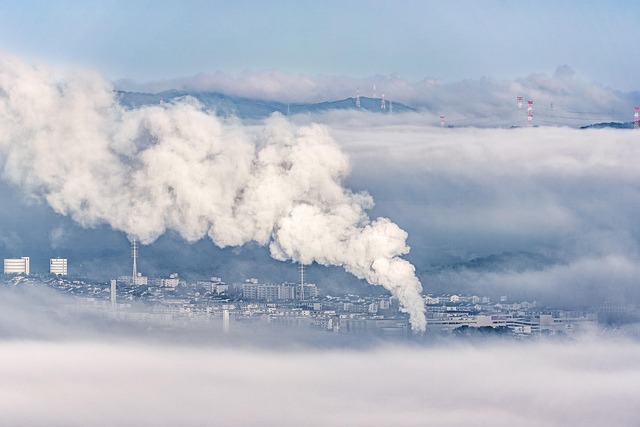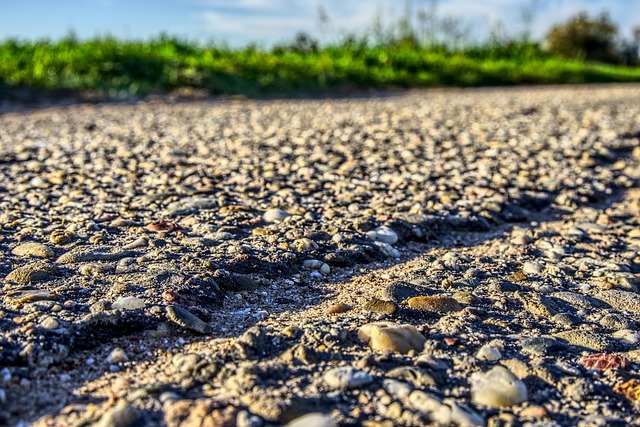Climate change has become an undeniable reality, reshaping our environment in ways previously thought unimaginable. One of the most significant contributors to this change is carbon dioxide emissions, which continue to escalate at alarming rates. As we delve deeper into the implications of these emissions, it becomes clear how intimately they are linked to the rise in extreme weather events worldwide.
When we speak of carbon dioxide emissions, we are essentially discussing the byproducts of modern civilization—transportation, industrial activities, and energy production all pump CO2 into our atmosphere. These emissions trap heat, creating a greenhouse effect. Consequently, the planet’s temperature rises, leading to a multitude of stark environmental consequences. The correlation between increased carbon dioxide emissions and heightened occurrences of extreme weather cannot be overlooked.
Consider the recent surge in hurricanes and typhoons. With warmer ocean temperatures fueled by climate change, storms gain strength and unpredictability. They are not just more intense; they are also arriving with greater frequency, leaving devastation in their wake. Coastal cities that once felt a sense of security are suddenly faced with rising sea levels and unprecedented flooding, evoking a sense of fear and urgency among their residents.
Moreover, heatwaves have become more severe and prolonged. Regions unaccustomed to such extreme temperatures are now grappling with the health impacts that arise from prolonged exposure to heat. The elderly, children, and those with preexisting conditions are particularly vulnerable, creating a public health crisis that extends beyond environmental concern.
Not only does this heightened focus on extreme weather have immediate ramifications, but it also raises questions about the long-term sustainability of our environment. Agriculture is severely affected by unpredictable weather patterns. Droughts can devastate crops, leading to food shortages and increased prices globally. Farmers are forced to adapt quickly, often without the resources to do so effectively.
The impact of these climatic shifts is all too real for communities worldwide. Families are displaced from their homes due to flooding, while wildfires consume vast areas of land, leaving barren landscapes and charred ecosystems in their wake. As we witness these changes, it becomes painfully evident that the consequences of unchecked carbon dioxide emissions go beyond mere statistics; they translate into human stories of loss, suffering, and resilience.
In response to this impending crisis, there is a growing call for action. Individuals, corporations, and governments alike are urged to examine their carbon footprints and adopt sustainable practices. From embracing renewable energy sources to innovating in carbon capture technologies, the solutions are becoming more apparent. Public awareness is also key; educating ourselves and our communities about the tangible effects of carbon dioxide emissions fosters a culture of responsibility and action.
As we navigate through these turbulent times, it’s crucial to remember that tackling climate change and mitigating extreme weather effects requires collective effort and commitment. The world stands at a pivotal moment where the decisions we make today can significantly alter the trajectory of our environment for generations to come. Understanding the critical link between carbon dioxide emissions and extreme weather serves as a powerful reminder of the urgency of our efforts in combating climate change.




